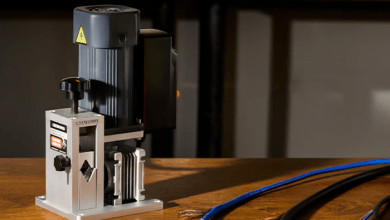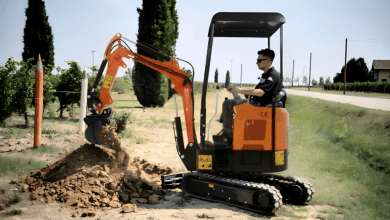
You’ve got a team. You’ve got a deadline. You don’t have time for software downloads.
And yet, here you are—staring at a “user-friendly” radio system that requires driver installation, frequency charts, a laptop, and a minor in RF engineering to get started.
Sound familiar?
In fast-paced environments—emergency response, event security, construction, field logistics—two-way radios need to work now. Not after setup. Not after tech support. Now.
That’s why radios that require zero programming out of the box are becoming the go-to solution for teams that don’t have time to mess around. Here’s why “plug-and-play” isn’t just convenient—it’s mission-critical.
1. No IT Department? No Problem.
Let’s be real: not every team has a dedicated comms tech.
With traditional two-way radios, initial setup often includes:
- Manually assigning frequencies or channels
- Installing desktop software (that may or may not run on your current OS)
- Tweaking privacy codes, tones, or firmware
- Hoping someone on your team knows what “CTCSS” even stands for
Radios that skip programming altogether? Power on, press the button, and talk. No middlemen. No manuals. Just communication.
This matters when your workforce isn’t made up of radio nerds—just professionals who need to get things done.
2. Faster Deployment for Temporary Teams
Temporary sites move fast. Think:
- Film crews on location
- Festival security
- Utility repair teams
- Disaster relief operations
When your team is assembled quickly and needs to disband just as fast, setting up a traditional radio fleet is like trying to build IKEA furniture during a fire drill.
Pre-configured radios—already synced to the right channels—can be handed out with zero prep time. Everyone’s connected from minute one.
That’s not just efficient. That’s operational peace of mind.
3. Fewer Tech Headaches, Fewer Errors
Programming radios manually opens the door to human error—wrong channels, mismatched codes, radios talking over each other, or worse: radios not talking at all.
And when the radios fail, guess who gets the call? Not the person who set them up—the person in charge of getting things back on track.
Out-of-the-box, ready-to-use radios eliminate that risk. Everyone’s on the same page, same channel, same mission—without second-guessing the setup.
4. Ideal for Non-Technical Users
Let’s not overcomplicate things. Most radio users don’t need to know about frequencies, bandwidth, or programmable buttons.
They just need:
- A reliable voice connection
- A simple interface
- A way to talk to the team instantly
Radios with no programming required are often designed with intuitive interfaces—simple knobs, push-to-talk buttons, and labeled channels. That means less training, fewer user errors, and faster team adoption.
Because let’s be honest—if you need a YouTube tutorial to send a message, something’s gone wrong.
5. Hot-Swap Ready for Expanding Teams
Need to add someone mid-shift? Easy.
Radios that come preconfigured to a universal channel set can be handed off to any new team member on the fly. No setup. No syncing. No scrambling to configure another unit.
It’s seamless scaling in the field—perfect for teams that grow or shift rapidly throughout the day.
Final Thought: Ready Means Ready
In critical environments, “we’re almost set up” is the same as being down.
Two-way radios that work straight from the box take one more variable out of your day. No programming. No software installs. No lag between receiving the gear and using it.
Whether you’re coordinating five people or fifty, your comms shouldn’t require setup time that eats into actual work time. Because when every second counts, convenience isn’t just a perk—it’s a strategy.




